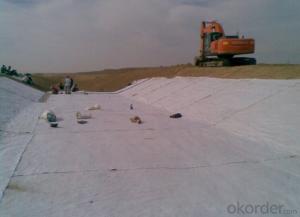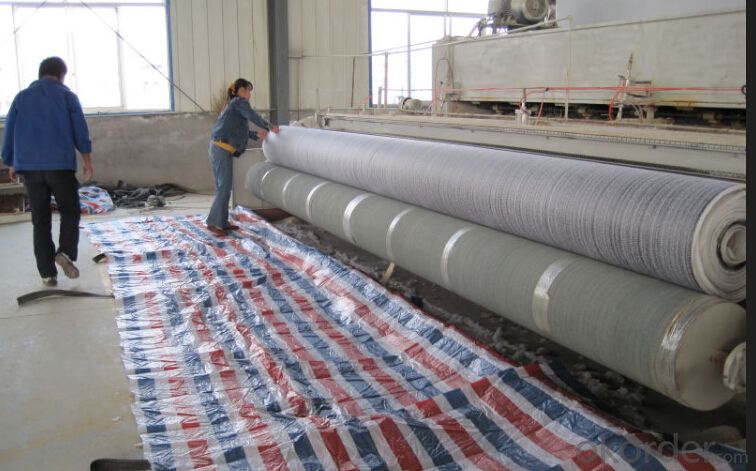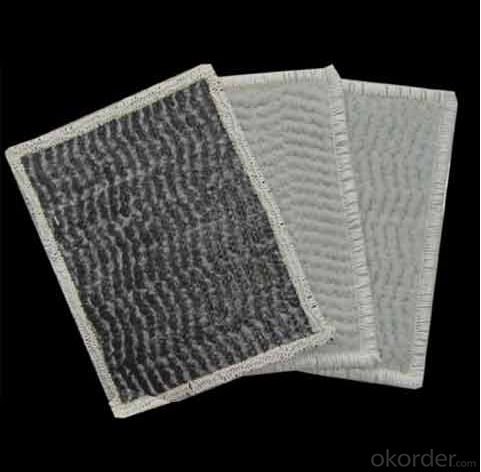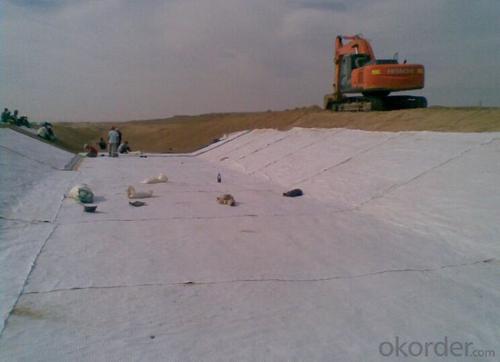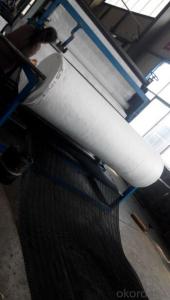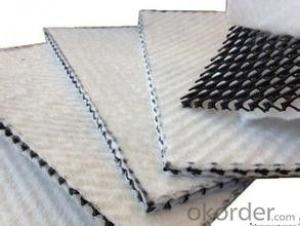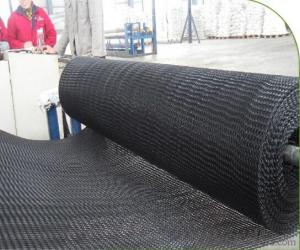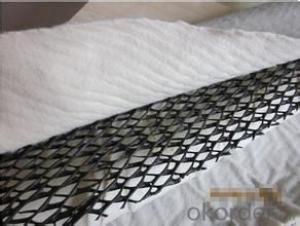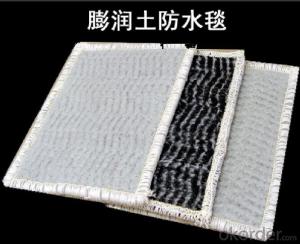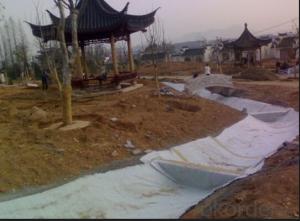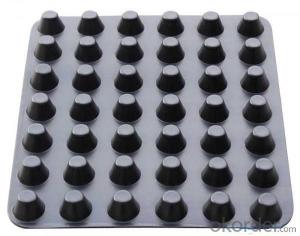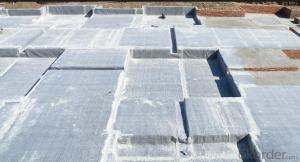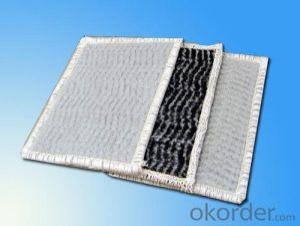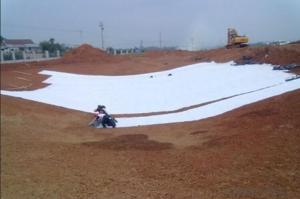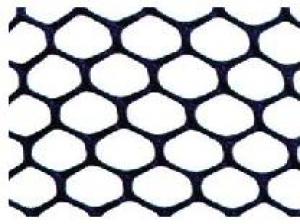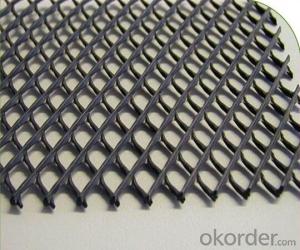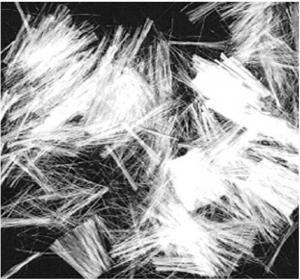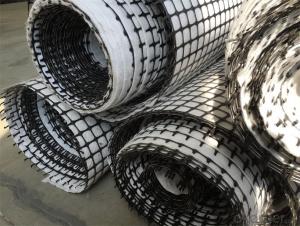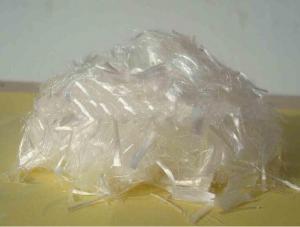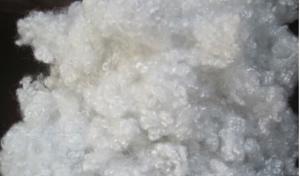Geosynthetic Clay Liner with ASTM Standard
- Loading Port:
- Qingdao
- Payment Terms:
- TT OR LC
- Min Order Qty:
- 5000 m²
- Supply Capability:
- 100000 m²/month
OKorder Service Pledge
OKorder Financial Service
You Might Also Like
Geosynthetic Clay Liner with ASTM Standard
Introduction of GCL:
Geosynthetic Clay Liner is manufactured
by three levels, including two levels of geotextile whose functions are protecting and strengthen to ensure shearing strength and tensile strength, inner content is Sodium bentonite clay. It is manufactured by nature layer silicate inorganic materials and has high expansibility and high water-absorbing capacity, when soak with low permeable capability, whose the main function is anti-seepage.
Specification of GCL
Item | GCL-NP | GCL-OF | GCL-AH | |
g/m2 | ≥4000 | ≥4000 | 4000 | |
ml/2g swell index | ≥ 24 | ≥ 24 | ≥ 24 | |
g/100g | ≥ 30 | ≥ 30 | ≥ 30 | |
N/100mm tensile strength | ≥ 600 | ≥ 700 | ≥ 600 | |
Elongation at max load | ≥ 10 | ≥ 10 | ≥ 8 | |
N/100mm peel strength | Nonwoven geotextile and woven geotextile | ≥ 40 | ≥ 40 | ≥ --- |
PE geomembrane and Non-woven geotextile | ---------- | ≥30 | ---- | |
m/s permeability | ≤5.0*10-11 | ≤5.0*10-12 | ≤ 1.0*10-12 | |
Resistance hydraulic pressure | 0.47Mpa,1h 0.4Mpa,1h,no leakage | 0.6Mpa,1h 0.6Mpa,1h,no leakage | 0.6Mpa,1h0.6mpa,1h,noleakage | |
ml fulid loss | ≤ 18 | ≤ 18 | ≤ 18 | |
Durability of bemonite(Ml/2g) | ≥ 20 | ≥ 20 | ≥ 20 |
NOTE;GCL-NP Needle punched process GCL
GCL-OF Neddle punched and coated process GCL
GCL-AH:Viswcose pmcess GCL
Features of GCL:
1). Improved leakage performance
2). Permanent waterproof performance
3). Simple construction and short time limit for a project.
4). Not influenced by air temperature.
5). A kind of green material and good to environmental protection.
6). More versatile than compacted clay
7). Increased airspace and liner efficiency
Application of GCL:
Mainly used in environmental engineering or landfill emissions underground reseroirs.underground
infrastructure construction projests sealing solution ,segregation ,anti-leakage,good effect,anti-destructive
FAQ:
How many quantity for one 20'' container?
About 5,000m2, 16rolls
What's your delivery time?
About 15-20days against deposit received
. What's your package?
Per roll with two pieces woven bag
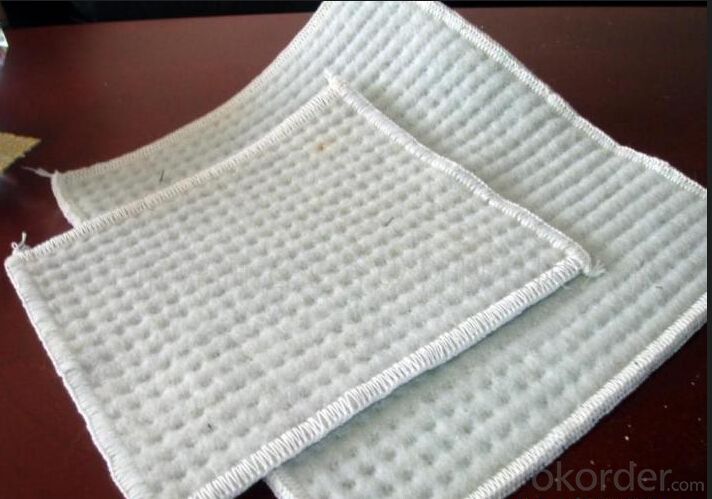
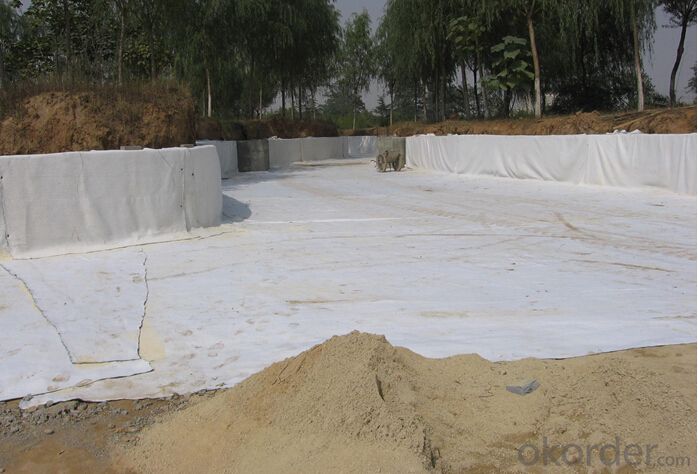
- Q: How are geotextile tubes used in sediment dewatering?
- Geotextile tubes are commonly used in sediment dewatering processes by containing the sediment and allowing water to drain out. The tubes are filled with sediment slurry and the water slowly drains through the geotextile fabric, leaving behind dewatered sediment. This method is effective in separating solids from water and reducing the volume of sediment for disposal or further processing.
- Q: What are the different types of geotextile bags used for sediment control?
- There are several types of geotextile bags used for sediment control, including sediment bags, silt bags, and sediment dewatering bags. These bags are designed to capture and contain sediment, silt, and other contaminants, preventing them from entering water bodies or causing erosion. Sediment bags are typically used for small-scale sediment control, while silt bags are used to filter out finer particles. Sediment dewatering bags are specifically designed to separate water from sediment, allowing for easier disposal or reuse of the captured sediment.
- Q: How are geosynthetic clay liners used in earthwork?
- Geosynthetic clay liners are used in earthwork as a barrier to prevent the migration of liquids or gases within soil or rock structures. These liners are typically installed in landfills, dams, and other construction projects to enhance the containment and stability of the earthwork. They offer excellent hydraulic conductivity and chemical resistance, providing an effective solution for environmental protection and geotechnical engineering.
- Q: Are earthwork products resistant to soil settlement and subsidence?
- Yes, earthwork products are designed to be resistant to soil settlement and subsidence. They are engineered with materials and construction techniques that minimize these potential issues, ensuring stability and longevity of the structures.
- Q: How do earthwork products contribute to air quality improvement?
- Earthwork products such as soil, plants, and mulch contribute to air quality improvement through various mechanisms. Soil acts as a natural filter, trapping pollutants and preventing them from entering the air. Plants absorb carbon dioxide and release oxygen through photosynthesis, thereby reducing the levels of greenhouse gases in the atmosphere. Additionally, trees and vegetation help mitigate urban heat island effect, reducing energy consumption and air conditioning needs, which in turn decreases the emission of air pollutants from power plants. Furthermore, the use of mulch can help minimize soil erosion and dust generation, preventing particulate matter from polluting the air. Overall, earthwork products play a crucial role in enhancing air quality and creating healthier environments.
- Q: What are the different thicknesses available for earthwork products?
- There are various thicknesses available for earthwork products, ranging from thin to thick. The specific thickness options depend on the type of earthwork product being used, such as geotextiles, geogrids, or geomembranes. These products can come in thicknesses as low as a few millimeters or as high as several millimeters or even centimeters, depending on the specific requirements of the project and the desired level of strength and durability.
- Q: What are the new materials in civil engineering?
- New energy-saving wall materials, new masonry materials, new composite wall panels, FRP composite materials, smart materials
- Q: What are the benefits of using earthwork products?
- There are several benefits of using earthwork products. Firstly, these products are environmentally friendly as they are often made from recycled materials or natural substances. Secondly, they are cost-effective as they can be used for multiple purposes such as landscaping, erosion control, or construction. Additionally, earthwork products are durable and require minimal maintenance, making them a long-lasting solution. Furthermore, they offer versatility in terms of size, shape, and design, allowing for customization based on specific project requirements. Lastly, these products help in conserving resources by reducing the need for traditional materials like concrete or steel.
- Q: What are the advantages of using earthwork products?
- There are several advantages of using earthwork products. Firstly, they provide a cost-effective solution for construction projects, as they are often cheaper than other materials. Secondly, earthwork products are environmentally friendly, as they are made from natural materials and can be recycled or reused. Additionally, these products offer excellent structural stability and durability, making them suitable for various applications. Lastly, earthwork products are readily available and easily accessible, ensuring convenience for construction projects.
- Q: What are the key considerations when using geotextile tubes for shoreline stabilization?
- When using geotextile tubes for shoreline stabilization, there are several key considerations to keep in mind. Firstly, the design and placement of the geotextile tubes should align with the specific requirements and conditions of the shoreline. Factors such as wave energy, sediment composition, and tidal movements should be carefully considered to ensure the effectiveness of the stabilization system. Secondly, the selection of appropriate geotextile materials is crucial. The geotextile tubes should be durable, resistant to UV degradation, and capable of withstanding the forces exerted by waves and currents. The permeability of the geotextile should also be considered to allow for proper water drainage and prevent erosion. Furthermore, proper installation techniques are essential for the success of shoreline stabilization with geotextile tubes. Adequate anchoring and connection methods should be employed to ensure the stability and integrity of the system. Regular monitoring and maintenance are also necessary to address any potential issues and ensure long-term effectiveness. Finally, it is important to consider the environmental impacts of using geotextile tubes for shoreline stabilization. Care should be taken to minimize any potential negative effects on local ecosystems and habitats. Consulting with environmental experts and obtaining necessary permits and approvals may be required to ensure compliance with regulations and guidelines.
Send your message to us
Geosynthetic Clay Liner with ASTM Standard
- Loading Port:
- Qingdao
- Payment Terms:
- TT OR LC
- Min Order Qty:
- 5000 m²
- Supply Capability:
- 100000 m²/month
OKorder Service Pledge
OKorder Financial Service
Similar products
Hot products
Hot Searches
Related keywords


